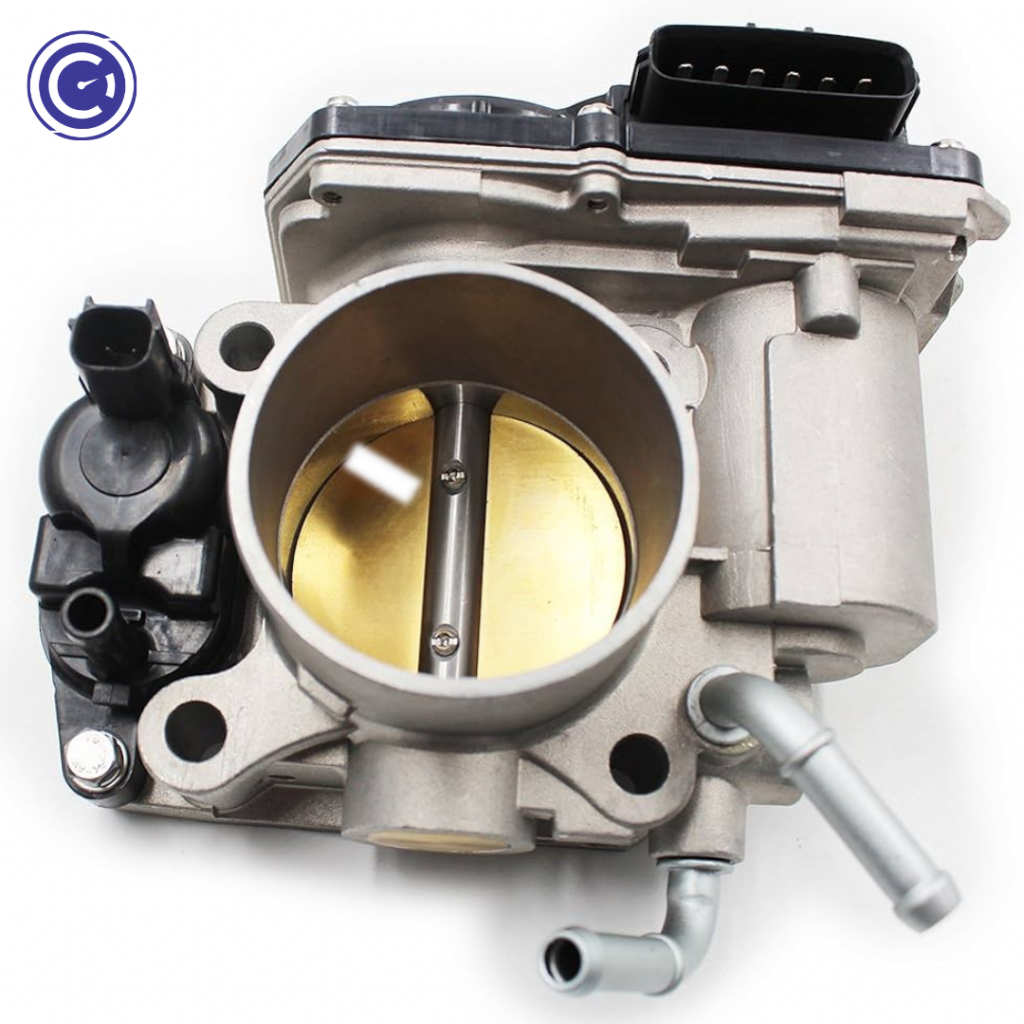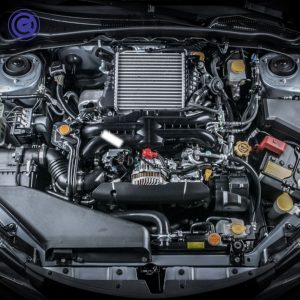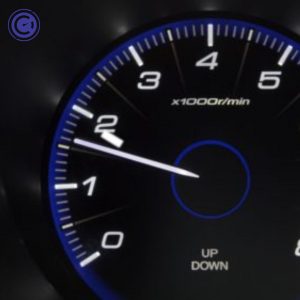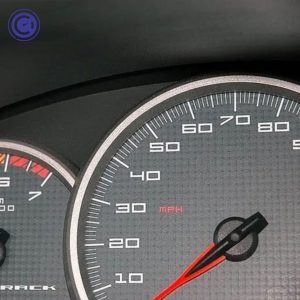Nestled amidst the intricate maze of an internal combustion engine lies the throttle body, a seemingly simple yet crucial component responsible for controlling the flow of air into the engine. Just like we breathe to keep ourselves functioning, the engine relies on a precise amount of air to achieve optimal combustion and performance. When this vital airway becomes obstructed or malfunctioning, the engine struggles to breathe, leading to a host of symptoms that can leave you frustrated and wondering what’s wrong.
This comprehensive guide delves into the world of the throttle body and equips you with the knowledge to identify the signs of a bad one and tackle the diagnosis yourself. We’ll explore the symptoms, diagnostic procedures, potential solutions, and preventive measures to keep your engine breathing easy and performing at its peak.

Table of Contents
Symptoms of a Faulty Throttle Body: Signs That Your Engine Needs Air
A bad throttle body can manifest in various ways, from subtle hiccups to drastic performance drops. Recognizing these symptoms can help you identify the issue early and avoid further complications:
Engine Stalling:

- Frequent stalling at idle or while driving, especially when coming to a stop or slowing down.
- Difficulty starting the engine, requiring multiple attempts and sputters.
Rough Idle:

- The engine idles unevenly, vibrating excessively and causing the car to shake.
- Noticeable fluctuations in RPM at idle, indicating an inconsistent air-fuel mixture.
Acceleration Issues:

- Sluggish acceleration and lack of power when you press the gas pedal, hinder your driving experience.
- Hesitation or jerky acceleration during gear changes makes for an uncomfortable ride.

- The illuminated check engine light is a warning signal that something is wrong, potentially pointing to a problem with the throttle body or its sensors.
Other Symptoms:
- Increased fuel consumption due to an inefficient air-fuel mixture, leading to frequent trips to the gas station.
- Difficulty maintaining a constant speed while driving, making highway cruising less enjoyable.
- Unusual engine noises, such as hissing, whistling, or squealing sounds, indicate leaks or damage.
Diagnosing the Problem: Uncorking the Secrets of a Bad Throttle Body
If you suspect your engine’s woes stem from a bad throttle body, fear not! Several methods can help you diagnose the issue and determine the appropriate course of action:
Visual Inspection:
- Open the air intake system and carefully inspect the throttle body butterfly valve and bore.
- Look for visible signs of dirt, grime, carbon buildup, or any foreign objects obstructing the airflow.
- Check for worn-out bushings or damaged seals around the butterfly valve, which could cause leaks.
Airflow Test:
- With the engine running, observe the movement of the butterfly valve when you press the gas pedal.
- Use a smoke machine or a spray bottle with soapy water to identify any leaks around the butterfly valve or seals.
- Look for restricted airflow or sluggish movement of the valve, indicating a potential problem.
Throttle Position Sensor (TPS) Test:
- Locate the TPS on the throttle body and measure its voltage output with a multimeter.
- Compare the readings to the specified values in your car’s service manual.
- A faulty TPS can send incorrect signals to the engine computer, affecting air-fuel mixture and performance.
Diagnostic Trouble Codes (DTCs):
- Connect a diagnostic scan tool to your car’s computer to read any stored DTCs.
- Look for codes related to the throttle body or its sensors, such as “P0121” or “P2101.”
- These codes can provide valuable clues about the specific component malfunctioning within the throttle body system.
Solutions and Repairs: Giving Your Engine a Breath of Fresh Air
Once you’ve identified the culprit, it’s time to address the problem and restore your engine’s health. Here are some potential solutions and their associated costs:
Cleaning the Throttle Body:
- For mild cases where the issue is caused by minor dirt or buildup, cleaning the throttle body can often resolve the problem.
- Use specific cleaning products designed for throttle bodies and follow proper procedures to avoid damaging the sensitive components.
Throttle Body Replacement:
- In severe cases where cleaning doesn’t work or the damage is extensive, such as worn-out bushings or cracked housing, replacement might be necessary.
- This requires basic mechanical skills and specific tools, so consider enlisting professional help if you’re unsure.
Maintaining a Healthy Throttle Body: Proactive Measures for Optimal Performance
Preventing problems is always better than dealing with them once they arise. By incorporating the following tips into your car’s maintenance routine, you can help keep your throttle body clean and functioning properly, ensuring optimal engine performance and preventing costly repairs:
Regular Cleaning:
- As part of your regular maintenance schedule, clean the throttle body and air intake system at least once or twice a year.
- This helps remove dirt, grime, and carbon buildup that can accumulate over time and restrict airflow.
High-Quality Filters:
- Use high-quality fuel filters and air filters to prevent dirt and debris from entering the intake system and reaching the throttle body.
- Regularly replace the filters according to the manufacturer’s recommendations.
Proper Cleaning Products:
- Avoid using harsh chemicals or cleaners on the throttle body, as they can damage the sensitive components and lead to further problems.
- Opt for specific cleaning products designed for throttle bodies and follow the instructions carefully.
Scheduled Maintenance:
- Don’t neglect your car’s scheduled maintenance checkups.
- During these checkups, a qualified professional can inspect the throttle body for signs of wear or damage and address any issues before they become major problems.
Early Intervention:
- If you notice any of the symptoms mentioned earlier, address the problem promptly.
- Early diagnosis and intervention can prevent further damage and save you money in the long run.
Driving Habits:
- Avoid driving in dusty or harsh conditions, which can contribute to dirt and debris buildup in the air intake system and affect the throttle body.
- Maintain a smooth driving style and avoid sudden accelerations or harsh braking, as this can put stress on the engine and its components.
By taking these preventive measures, you can ensure your throttle body remains in good condition, allowing your engine to breathe freely and perform at its peak. Remember, a healthy throttle body translates to optimal fuel efficiency, reduced emissions, and a more enjoyable driving experience.
Conclusion: Your Engine Deserves a Smooth Breath
A well-functioning throttle body is crucial for your car’s performance, ensuring efficient engine operation and a smooth driving experience. Recognizing the signs of a bad throttle body and taking proactive measures to diagnose and address the issue is vital to keep your engine running smoothly and avoid costly repairs. By incorporating the information provided in this guide, you can become a proactive car owner and ensure your engine breathes easily for miles to come.
Remember, a healthy throttle body is a happy engine. So, take good care of this crucial component, and your car will reward you with years of reliable and enjoyable driving.

